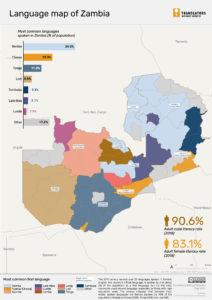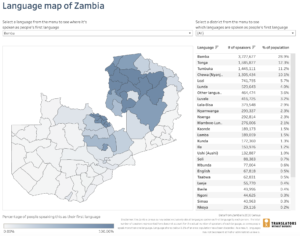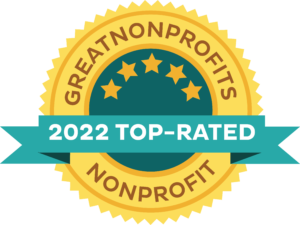The 2010 census records over 30 major languages spoken in Zambia. Seven of these are officially recognized as Zambia’s regional languages: Bemba, Nyanja, Lozi, Tonga, Kaonde, Luvale, and Lunda. English, the country's official language, is spoken by only about 2% of the population as a first language, but it's the most commonly used second language, especially by those with high education levels. The census indicates that Zambia's most widely spoken languages are Bemba (spoken by 35% of the population), Nyanja or Chewa (20%), Tonga (12%) and Lozi (6%).
An urban variety of Nyanja (Chewa) is the lingua franca of the capital, Lusaka, used for communication between speakers of different languages. Nyanja is also widely spoken as a second language throughout Zambia. Bemba, the country's largest indigenous language, also serves as a lingua franca in some areas.
The literacy rate in Zambia for 2018 was 86.7%, a big increase on the 68% recorded in 2000. Literacy rates are markedly lower for women (83.1%) than men (90.6%).
Curated datasets
Available on Humanitarian Data Exchange (HDX)
Language data allows humanitarian organizations to better understand the languages people speak and understand, leading to better programming and accountability. We’re working with University College London’s Centre for Translation Studies and others to make language data more easily accessible and usable.
For more information, read about the project on our blog or contact info@translatorswithoutborders.org.
Maps and resources:
Languages of Zambia: Static (EN)
Static map showing the number of speakers and geographic spread of different languages in Zambia. Data is from the 2010 census.
Languages of Zambia: Interactive (EN)
Interactive map showing the number of speakers and geographic spread of different languages in Zambia. Data is from the 2010 census.


